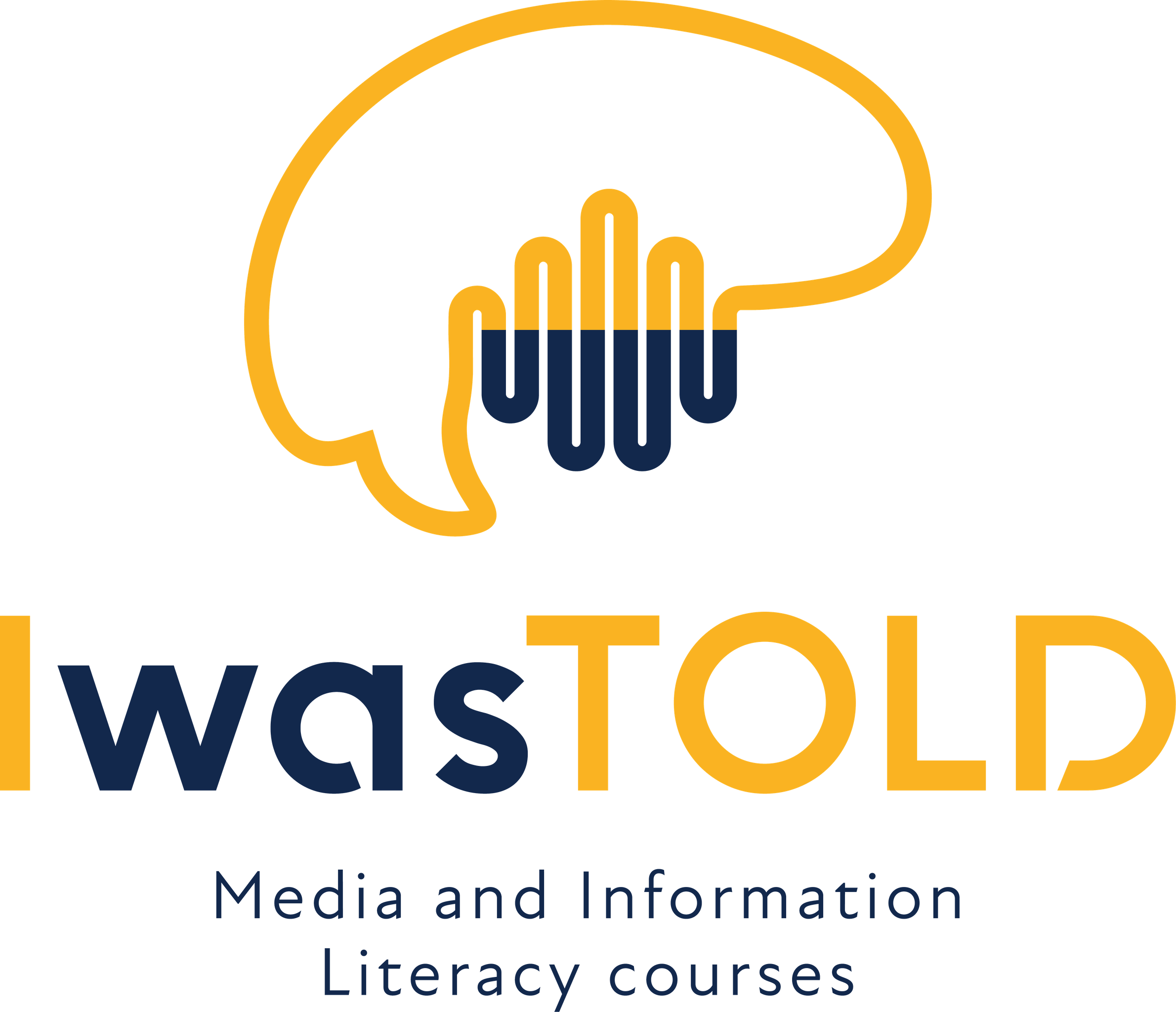5. MEDIA AND SOCIETY
-
New models, new journalism7 Topics|4 Quizzes
-
Building trust in the media and journalism7 Topics|3 Quizzes
-
Trust and bias: how often unconscious bias is eroding trust in news7 Topics|3 Quizzes
-
The role of the journalism when hate is on increase7 Topics|3 Quizzes
-
Cyber security on social networks7 Topics|3 Quizzes
-
What is open data journalism and why we need skills to search for data7 Topics|2 Quizzes
Trust and bias: how often unconscious bias is eroding trust in news
Mil 9 September 2021
Trust is a crucial component of journalism, as audiences rely on journalists to provide accurate and unbiased information. However, unconscious bias can erode trust in news and journalism. Unconscious bias refers to biases that we are unaware of, but which influence our thoughts and actions. In journalism, this can manifest as bias towards certain groups or perspectives, leading to incomplete or inaccurate reporting. When audiences perceive bias in news reporting, they may question the reliability and accuracy of the information presented. As a result, it is important for journalists to be aware of their biases and to work to minimize them in their reporting. By doing so, they can build and maintain the trust of their audiences. In this lesson, we will discuss two media theories – framing and hierarchy of influences – which discuss how journalists form audiences’ attitudes and opinions. What is more, we will discuss what is ethical language in journalism and why diversity in the newsrooms matters.
